Blogs/ Technology
How to choose your framework in 2020? A deep dive comparison among "Flutter- ReactNative- Native"
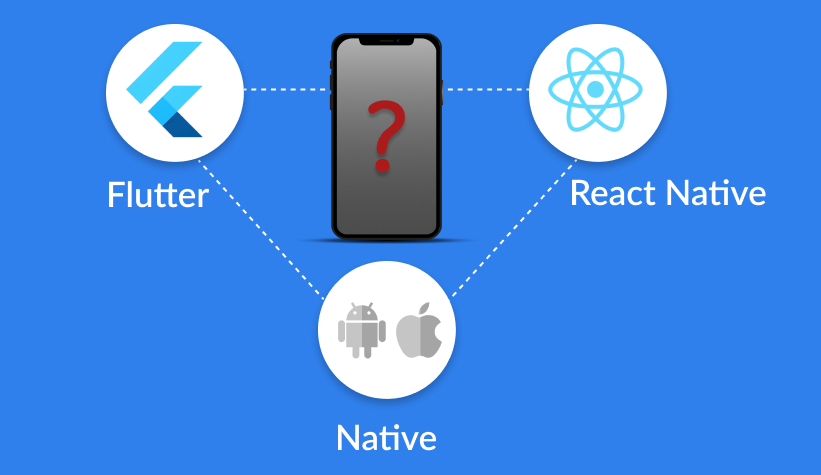
With the rapid growth of technologies in the latter-day, mobile phones have become an integral part of human life. There are over 2.7 billion smartphone users around the world and to see the massive growth in the mobile app industry is hardly any surprise.
According to insight from Comscore, Mobile users are spending 87% of their time in apps, versus just 13% on the web. Right from waking you up in the morning to helping you sleep at night, there is an app for everything. Smartphones and app usage are growing at an unshakeable rate; the situation is unlikely to change in the foreseeable future.
In this cutthroat market with a surplus of apps, grabbing an advantage is a great deal and to make a beautiful looking app that offers top-notch functionalities with matchless user experience is a lot to think of. Still, with the right framework, this is a no brainer.
In this article, we are going to talk about the three sought-after frameworks Flutter, ReactNative and Native and how it competes with each other.
In case you missed our previous blog on the comparison between the top three web development frameworks, Please read our blog “The Ultimate Comparison: Angular Vs React Vs Vue”.
Flutter vs React vs React Native comparison Matrix.
| Aspects | Native apps | React Native | Flutter |
|---|---|---|---|
| Programming language | Swift, Java, Kotlin, Scala, Typescript, etc., | Java Script | Dart |
| Performance | High as they are built with the framework that is Native to the platform. | Moderate due to the JavaScript bridge to interact with Native components. | Native like due to the direct communication with Native components. |
| Development Costs | High due to the need for separate developers for each platform | Moderate | Low |
| Development Time | Longer timeline (from 3-6 months for MVP) | Moderate | Short |
| Cash Allocation | Separately for each platform. | In one flow | In one flow |
| UI/UX | Follows guidelines from Apple and Google. Completely platform-specific UI. Native app design - rich, customizable, great visual effects and animations are possible | Relies on Native components | Has a dynamic proprietary widget library for customized UI designs with complete Native support and great interoperability. |
| Resource expertise | High expertise is necessary to learn different languages per platform | Moderate expertise | Moderate expertise |
| Platform support | IOS and Android, one platform at a time | IOS and Android | IOS, Android & Web apps and desktop apps |
What is Flutter?
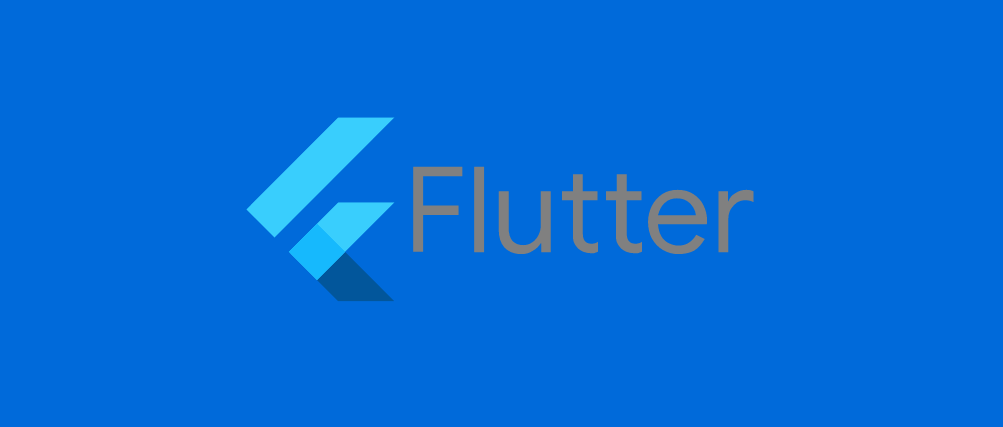
Flutter is the SDK (Software Development Kit) by Google built using their programming language called “DART” that provides a fast and expressive way for developers to build apps on all platforms such as Android, IOS and Windows devices, even websites. The first version of Flutter was known by the codename “Sky”. There are 200 million+ users of Flutter made apps with more than 3,00,000+ developers who use Flutter for app development.
What are the highlights and challenges of using Flutter apps
Highlights
Cross-platform development
Flutter is also a cross-platform application like React Native where you can have one codebase for two applications. Flutter can also be developed for the Fuchsia platform, an operating system that is currently in development at Google, which is claimed to replace Android. Besides mobile apps, Flutter can also be used to develop web and desktop apps.
Ideal for MVP
A Flutter app development time is less, and it can be built to look like a Native app on both IOS and Android, allowing you to showcase your app to your investors within a short span.
Flexibility And Stability
Flutter is easy to access and integrate that intensifies flexibility and scalability, developers are constantly amazed by the improvement seen in the customized widgets and features with every release.
Rich in Components
Flutter framework is bundled with UI rendering components, device API access, navigation, testing, stateful management and loads of libraries. This rich set of components removes the need to use third-party libraries. If you get the Flutter framework, it means you will have everything needed for developing mobile apps. Flutter also has widgets for Material Design and Cupertino that allow developers to render the UI on both iOS and Android platforms at ease.
Technical Architecture
Flutter engine has most of the Native components in the framework itself, and it doesn’t always need a bridge to communicate with the Native components.
Challenges
Immature Framework
Flutter is a fairly new framework which is just gaining popularity. Therefore, the support and the community size is relatively less, given the current rate of growth it is sure to keep up with the competitors.
Support
Though the Framework is gaining popularity, continuous and proper support is lacking; therefore, developers may have to resolve the bugs by themselves.
Size
Apps built with Flutter will be larger in size when compared to Native or React Native, even a simple app built with Flutter will be at least 4Mb in size
Developers Availability
Flutter uses dart as the language, though it is easy to learn, developers who know this language may find it hard to find.
Limited use cases
There aren't many popular apps built using Flutter. Therefore, people who trust this framework are likely to be less.
Popular Flutter apps
- Google Ads
- Alibaba
- Reflectly
- Hamilton
- KlasterMe
- PostMuse
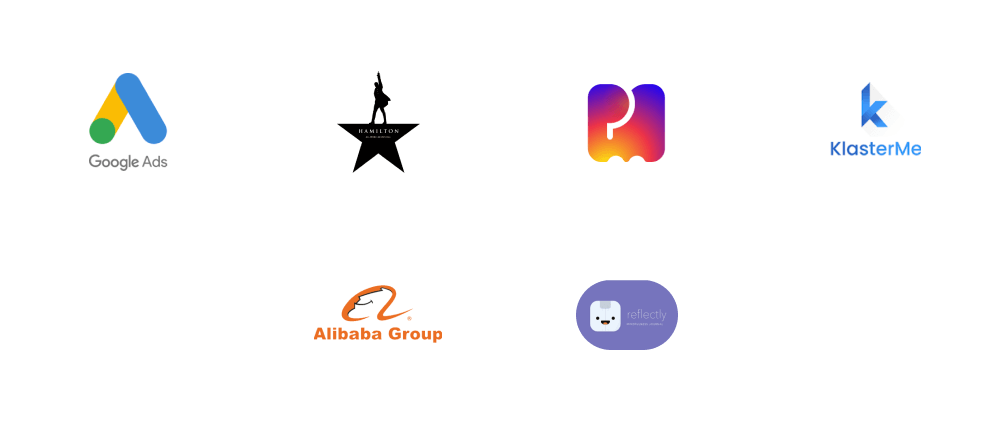
What is React Native?
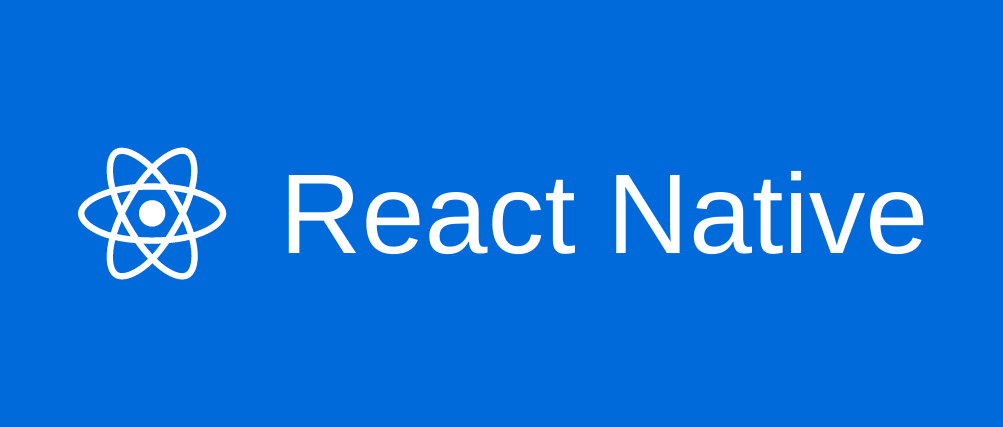
React Native is a mobile app development framework created by Facebook based on React.js written in Javascript that facilitates the development of Native like multi-platform Android, iOS and Windows apps in a single code base. React Native started as Facebook's internal hackathon project.
What are the highlights and challenges of using React Native
Highlights
Optimal Performance
The React Native gets connected to the Native components for both the Operating Systems and generates code to the Native APIs upfront and freely. The process of data binding is made easier with React Native codes which gives you a stable and reliable application.
Reusability
This framework allows you to Integrate 90% of the Native framework for reusing the codes for cross-platform applications. Also reuse the web application codes for creating a mobile app, if they are written in React.
Vast Community of Developers
Being an open-source JavaScript platform developers are free to access and contribute to the framework, allowing you to leverage the advantage of community-driven technology to seek help during any issues
Uncomplicated UI
This open-source Javascript framework is the best choice for anyone looking for a simple user interface as it has the ability to curb the loading time to provide a clear simple and responsive UI design.
Cost-Effective
React-Native framework is available for free for developers and can reuse the code for other platforms; therefore, you don’t have to hire separate developers and designers for each platform. This results in reducing the operational, maintenance and design cost of mobile app development.
Challenges
Development pace
Since this is an evolving framework, changes in versions happen frequently. Therefore, developers need to get up to speed and relearn the new changes implemented, failing which developers face a lot of issues and bugs during the app development.
Depend on Native Developers
To Implement Native-like features a detailed knowledge about how Native apps work is required; therefore React Native developers depend on inputs from the Native developers.
Debugging
Debugging in React Native is tricky for an immature developer, and won’t find it more difficult in comparison to other cross-platform apps. React Native offers you a built-in-inspector; however, it's limited by the small screen size of the simulator window. In short, debugging in React Native is a tiresome and lengthy process.
Security
React Native is a JavaScript library and an open-source framework, which raises questions on its security robustness. It requires you to provide additional security, especially if you are looking for banking or financial apps where it deals with confidential data.
Loading time
React Native is that it takes a lot of time to load even on the hi-end devices before it can be rendered. This is mainly because of the JavaScript thread.
Popular React-Native apps
- Bloomberg
- Walmart
- Airbnb(Recently changed to Native app)
- UberEATS
- Gyroscope
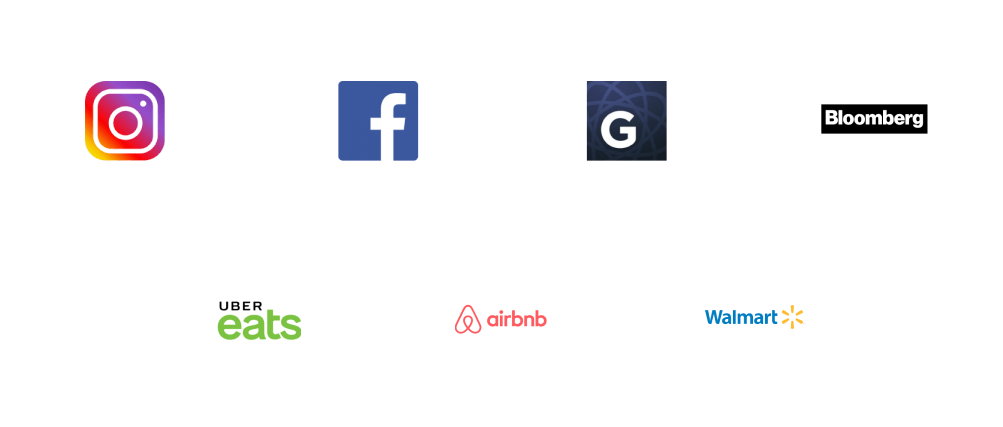
What is a Native app?
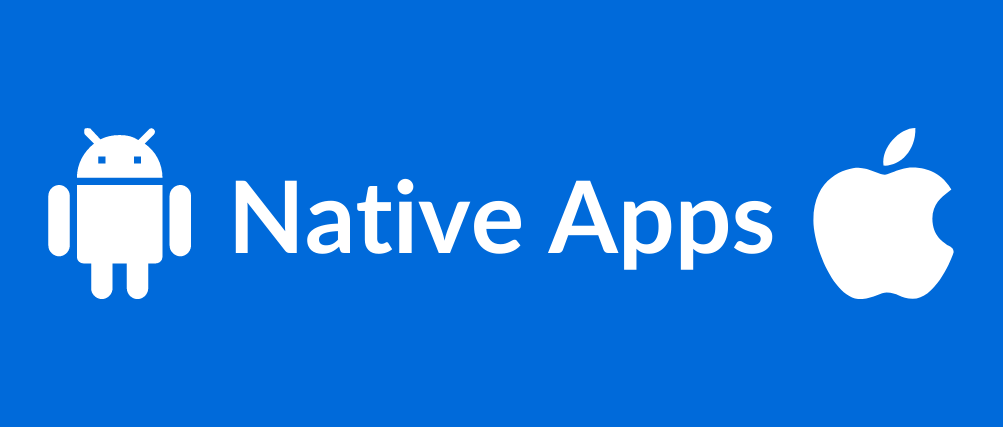
A Native app is a smartphone application built explicitly for a single operating system like Android or iOS in their respective officially accepted coding languages, such as Java or Kotlin for Android and Objective-C or Swift for iOS.
What are the highlights and challenges of using Native apps
Highlights
Access to the device and its built-in features
It has the capability to utilize the device’s hardware and software such as Physical buttons, GPS, Microphone, etc., and can take advantage of the latest technology.
Speed and Performance
Speed and Performance: The device stores the app and allows the software to leverage the device’s processing speed.
Progressive UI/UX
The Native mobile app is developed within a full-grown ecosystem following the technical and user experience guidelines of the operating system. The app interfaces and interaction will have a consistent look and feel. Hence the usability and the navigations are quicker and more comfortable.
Easy bug fixes
With several years of indispensable experience, developers know the Android and iOS systems in and out; this makes it easy for the developers to find and fix the bugs easily.
Challenges
Development time
As developers need to write specific codes for each platform such as Android, IOS, etc., it consumes more time to develop a uniform quality app for all the platforms. It is equivalent to coding for two different apps.
No Flexibility
Apps to be designed for each platform leaves a lean room for developers as distinct coding needs to be written for the Google Play Store and App Store.
Expensive
considering the time and money, Native apps are fairly high-priced to develop; therefore, the development takes a shedload of time.
Frequent upgrades
Any new updates or bug fixes will need to be submitted to the app store, and then the users have to install the updates.
Support
Users may be using different or outdated versions of the app, making it laborious for the developers to offer support and maintenance.
Popular Native apps:
Here are a few examples of popular Native apps:
- Google pay (formerly known as Tez)
- Telegram
- Spotify
- Netflix
- Truecaller
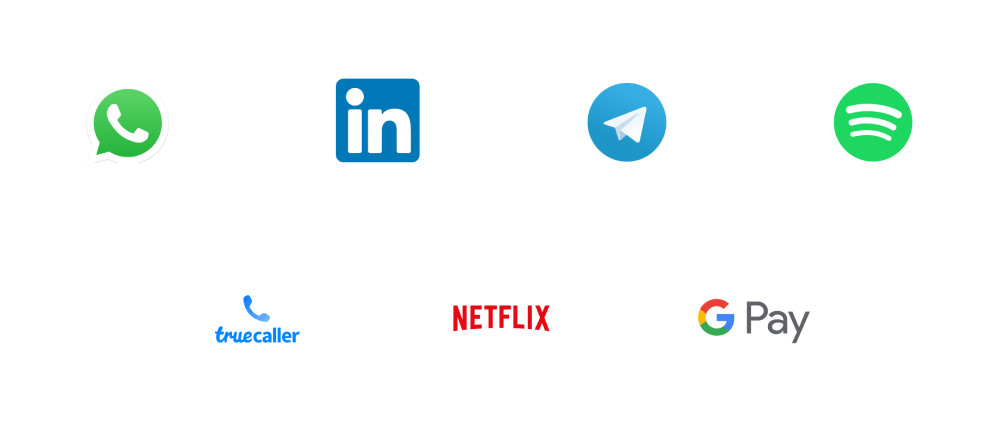
Native apps, React Native and Flutter trends
Google Trends
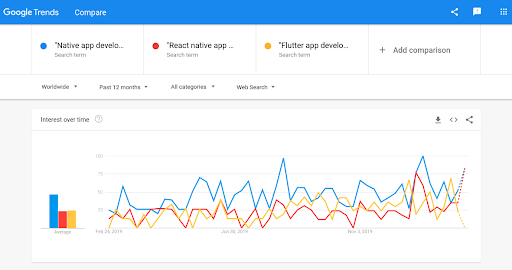
Stackoverflow trends
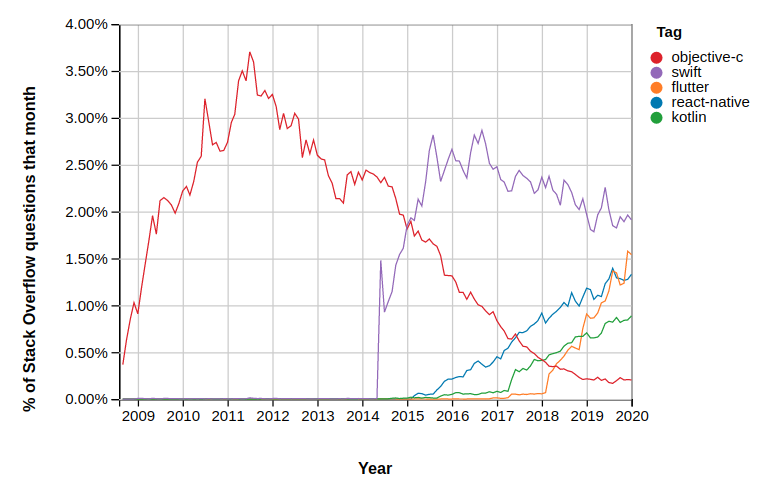
Parting thoughts
Choose Native app development If:
- You plan to scale and update the app constantly.
- You want comprehensive app features, which require in-depth interaction with various device’s modules such as camera, contacts, messages etc.
- You need an Android-only or IOS-only app.
- You need a high-performance app to stay ahead with competitors.
- Your app needs to support new mobile OS features as soon as they are released.
Choose ReactNative app development If:
- You need to make an app for both platforms in a short span.
- You want your app to look and behave the same on both platforms.
Choose Flutter app development If:
- You want a simple yet expressive UI.
- You don't bother about the size of the app.
- You want an instant app for both IOS and Android.





